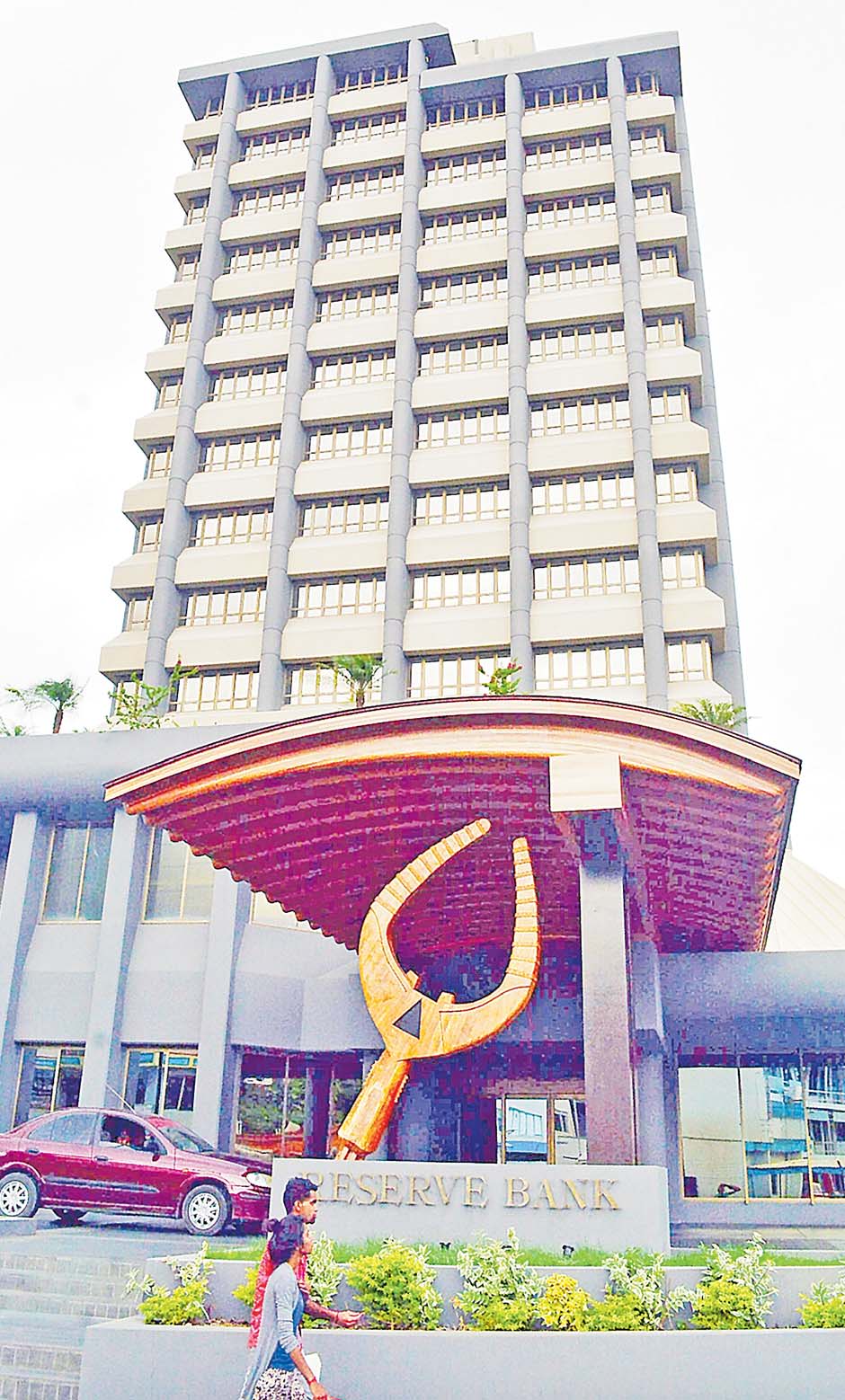The Reserve Bank of Fiji board has decided to maintain the Overnight Policy Rate at 0.25 per cent however adjustment would be undertaken if needed.
RBF governor and board chairman Ariff Ali said Fiji’s financial conditions remained accommodative with high system liquidity of $2.3 billion.
In addition the outlook for visitor arrivals for 2023 is now expected to be higher than earlier projected based on the trend in arrivals for the first quarter, which track higher than the 2019 total for the same period.
Therefore, given the relatively significant contribution of the tourism sector to the economy, Mr Ali said the GDP growth forecast for this year was now upward biased.
In a media statement Mr Ali said last month the private sector credit increased annually, consistent with historically low lending rates and more favourable economic conditions.
Meanwhile he said debt serviceability improved further in February, the value of non-performing loans for commercial banks and licensed credit institutions fell further, while the banking industry’s capital remained adequate.
“Furthermore, foreign reserves are at $3.3b, sufficient to cover 6.1 months of retained imports, and is projected to remain adequate in the near to medium term.”
It was also highlighted that while higher employment intentions are related to improved economic conditions and businesses filling vacant positions from migrating workers, the job market had remained tight.
Mr Ali said at the same time, the pickup in employment levels and higher inward remittances, had induced positive consumption activity.
However, he also highlighted that because of policy-related uncertainties and the persistent higher cost of building materials, the rate of investment was anticipated to remain modest in the near future.
Meanwhile on the domestic front he said some sectoral indicators under observation reflected softer performance in the recent month, with the exception of solid electricity production and total visitor arrivals which increased noticeably in the first quarter of the year, mainly underpinned by more visitors from Australia, New Zealand, and North America.



